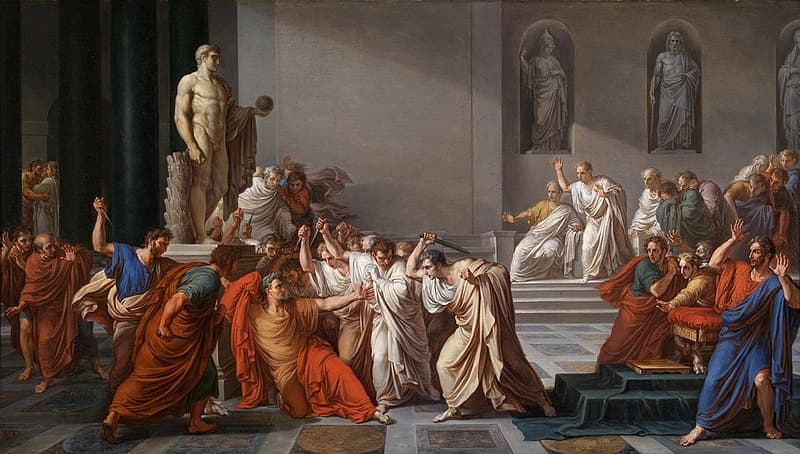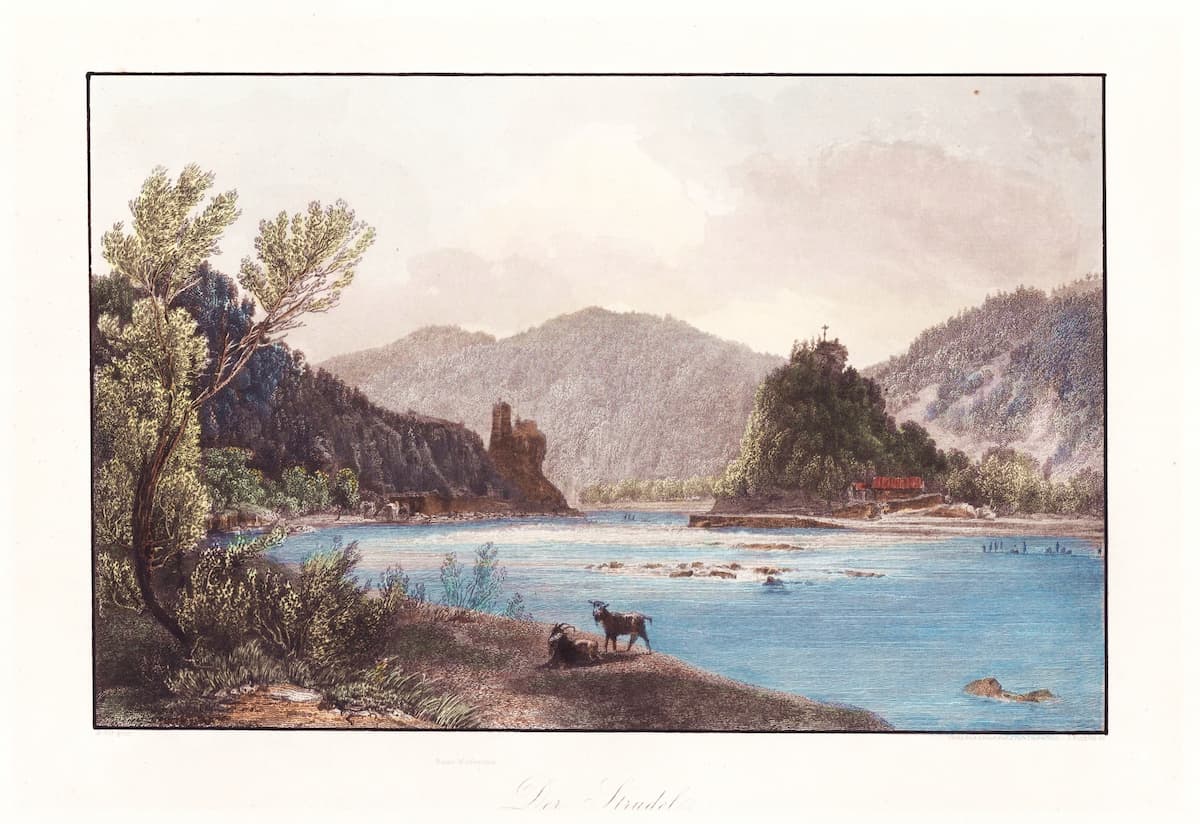Winter thaw giving way to the gentle warmth of spring is the perfect time to explore the sunnier side of classical music.
Here are twenty classical pieces that capture the essence of the season. They’re guaranteed to add a spring to your step!
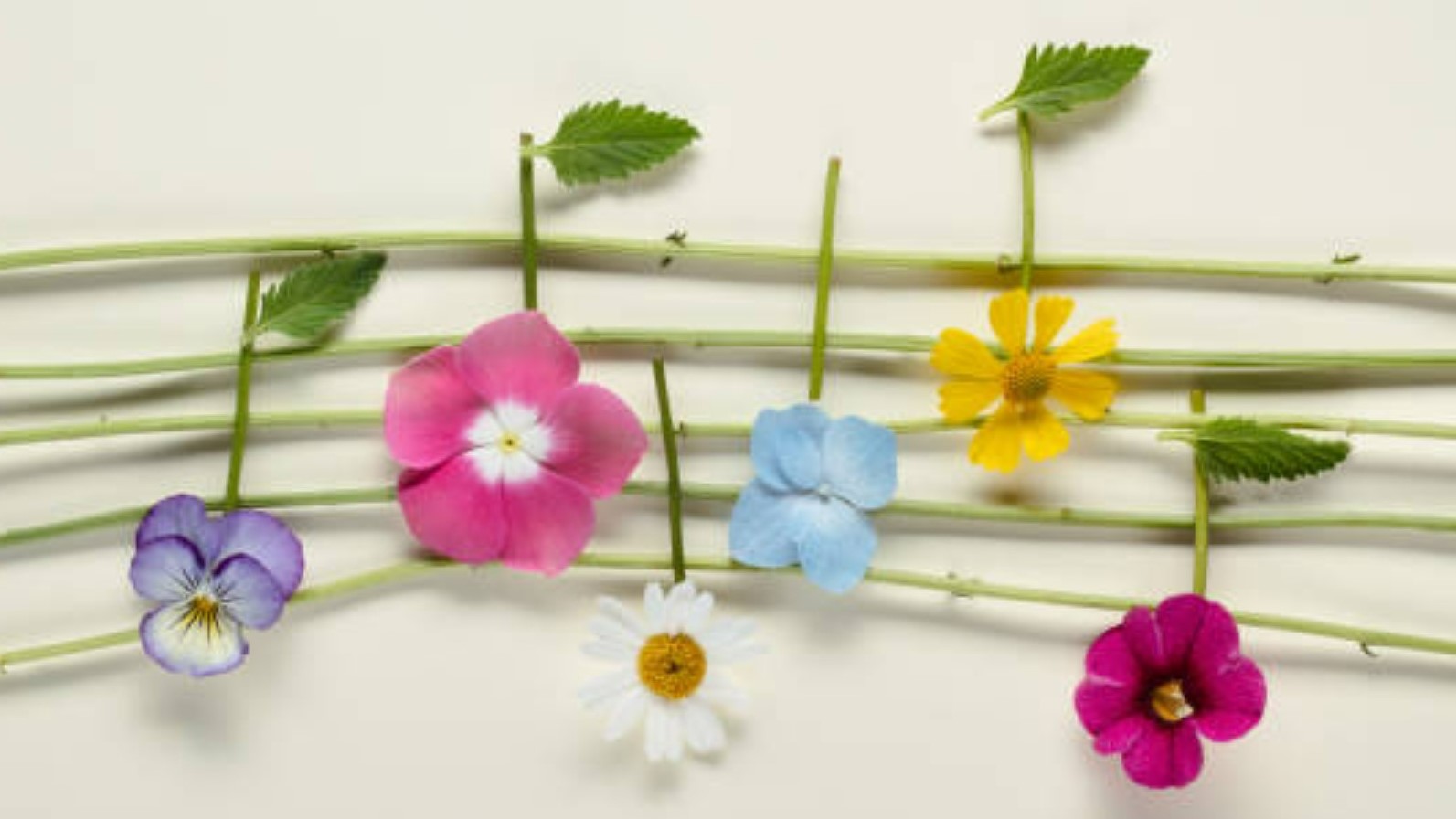
© classicalfm.ca
Vivaldi: The Four Seasons: Spring
Of course, we have to start here with arguably the most beloved spring-inspired piece of classical music ever composed.
From its first notes, this concerto is brilliant at evoking the atmosphere of spring, expertly imitating bird songs and rain.
Beethoven: Symphony No. 6, “Pastoral”
Beethoven’s “Pastoral” Symphony also showcases the sounds of nature, featuring the sounds of a babbling brook and a thunderstorm.
This piece is perfect listening for when you take an afternoon walk in the park – just like Beethoven used to do, paper and pencil in hand when he was composing in Vienna.
Grieg: Morning Mood from “Peer Gynt”
This beautiful piece evokes the sense of stretching and waking up to a beautiful spring morning. Its gentle melody creates a peaceful atmosphere that is perfect for savoring the season.
Tchaikovsky: The Nutcracker Suite: Waltz of the Flowers
I can already hear your protests! Yes, the Nutcracker Suite is inextricably linked with Christmas, but also the Waltz of the Flowers is just too good not to bring out more than once a year.
This joyous swirl of a piece would be perfect to play at an outdoor picnic or any other place where you can waltz to your heart’s content.
Debussy: Prelude to the Afternoon of a Faun
Fauns are mythological half-human, half-goat creatures said to live in enchanted forests. The legends of fauns proved inspirational for Debussy.
The sensuous, dreamy atmosphere of this symphonic poem will inspire every listener to escape into the faun’s world of imagination and natural beauty.
Smetana: The Moldau
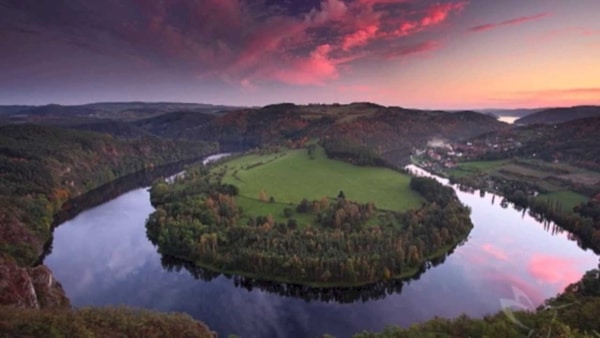
This piece is a musical portrait of the Vltava river (also known as the Moldau) and captures the essence of springtime in the countryside.
The flowing melodies call to mind the mighty river. Simultaneously, they create a sense of motion and adventure that would be a perfect accompaniment to a spring day trip.
Copland: Appalachian Spring
The title Appalachian Spring has a double meaning: it can be interpreted as referring to either a brook or the season…or both!
The piece began life as a ballet, so the music has a propulsive energy that perfectly complements this time of year.
Glazunov: The Seasons: Spring
Glazunov’s ballet The Seasons is a delightful piece filled with bright, lively melodies that evoke feelings of new beginnings and growth.
The composition also features beautiful orchestration, showcasing all the instruments.
Mendelssohn-Hensel: “April” from Das Jahr
In 1841, as a gift for her husband, Fanny Mendelssohn Hensel – sister of Felix – wrote a twelve-part piece of piano music called Das Jahr, or “The Year.” Each piece represents a different month.
April’s “Capriccioso” portrays a storm in colorful fashion, with a mother running inside with her children to get out of the spring rain.
Ravel: Jeux d’eaux
This piece (translated literally, “Water Games”) is a musical depiction of the interplay between water and light.
The score features shimmering, rippling melodies that evoke a babbling brook or even a spring rain shower. The piano part is light and lively and tinkling, with an irresistible sense of movement.
Beethoven: Violin Sonata No. 5, “Spring” Sonata
Beethoven’s fifth violin sonata blends fresh, energetic passages with contrasting moments of introspection and contemplation.
Interestingly, this work’s nickname didn’t originate with Beethoven – but no matter. It complements the season so well, anyway!
Mendelssohn: Spring Song
Mendelssohn’s Songs Without Words, Op. 62, No. 6 is also known as his “Spring Song.”
It’s characterized by its bright melody and playful rhythms that evoke feelings of optimism and hope: so fitting for a season of new beginnings!
Chopin: Raindrop Prelude
This piece for solo piano features a melancholic, obsessively repeated A-flat, said to be inspired by raindrops.
The music is filled with a sense of longing and introspection: perfect for those early days of spring before the flowers bloom.
Rachmaninoff/Wild: Floods of Spring
Once the spring rain really starts falling, check out this wildly virtuosic Rachmaninoff arrangement by pianist Earl Wild.
Sinding: Rustle of Spring
This is a solo piano piece from the late nineteenth century written by Norwegian composer Christian Sinding. It’s the most popular piece he ever wrote, and it’s easy to see why. Its rapidfire arpeggios are absolutely thrilling to play and to listen to.
Stravinsky: Rite of Spring
The ballet Rite of Spring tells the story of a pagan people observing the arrival of spring. The centerpiece of their ritual is a young woman who sacrifices herself and dances to death.
The work features complex, driving, percussive rhythms; innovative uses of orchestration and harmony; and a sense of raw power and excitement that is perfect for the time of year.
Schumann: Symphony No. 1: “Spring”
After he wrote his first symphony, Schumann wrote to a conductor who was going to perform it: “Could you breathe a little of the longing for spring into your orchestra as they play? That was what was most in my mind when I wrote [it] in January 1841. I should like the very first trumpet entrance to sound as if it came from on high, like a summons to awakening. Further on in the introduction, I would like the music to suggest the world’s turning green, perhaps with a butterfly hovering in the air, and then, in the Allegro, to show how everything to do with spring is coming alive…”
Johann Strauss: Voices of Spring Waltz
This waltz for orchestra has an optional soprano part, featuring lyrics that celebrate the arrival of spring: “Spring in all its splendor rises, / ah all hardship is over, / sorrow becomes milder, / good expectations, / the belief in happiness returns.”
Even when a soprano isn’t at hand to sing the words, the energetic spirit of spring is obvious in the instrumental parts.
Sibelius: Spring Song
Sibelius wrote this lovely tone poem inspired by the season in 1894.
When he revised the work after its unsuccessful premiere, he appended a melancholy subtitle: “The Sadness of Spring.”
Delius: On Hearing the First Cuckoo in Spring
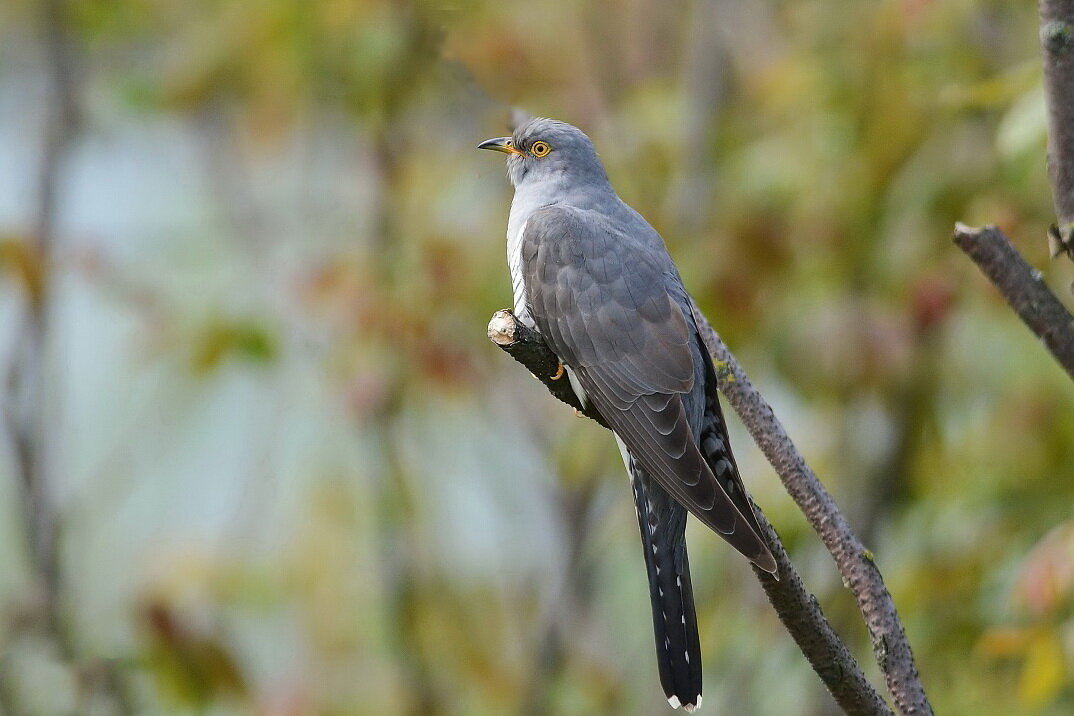
Russian cuckoo
This tone poem from 1912 tells the story of a gentle scene set in the pastoral English countryside.
The cuckoo bird is represented by calls in the woodwinds; make sure you listen close so that you hear them!
Taken together, these twenty pieces of classical music are the perfect starter soundtrack for spring.
Each piece evokes the essence of spring in its own unique way and is sure to add a sense of joy and wonder to your season.
Happy listening!
For more of the best in classical music, sign up for our E-Newsletter

